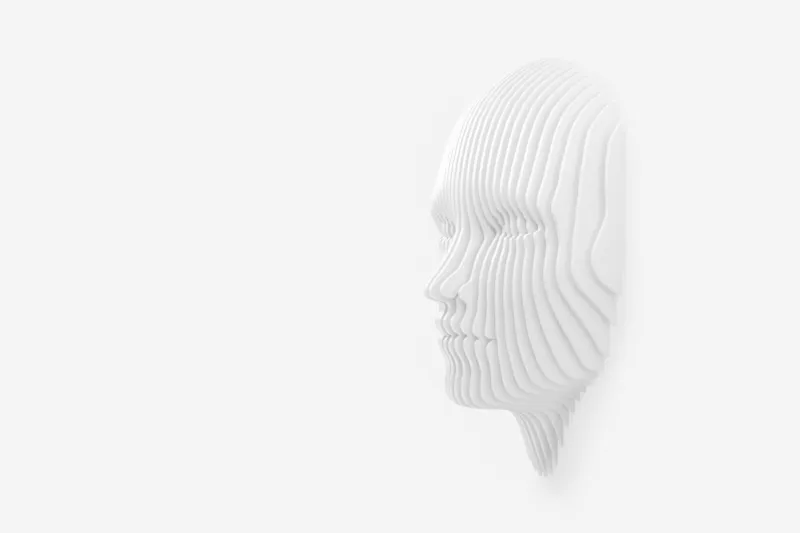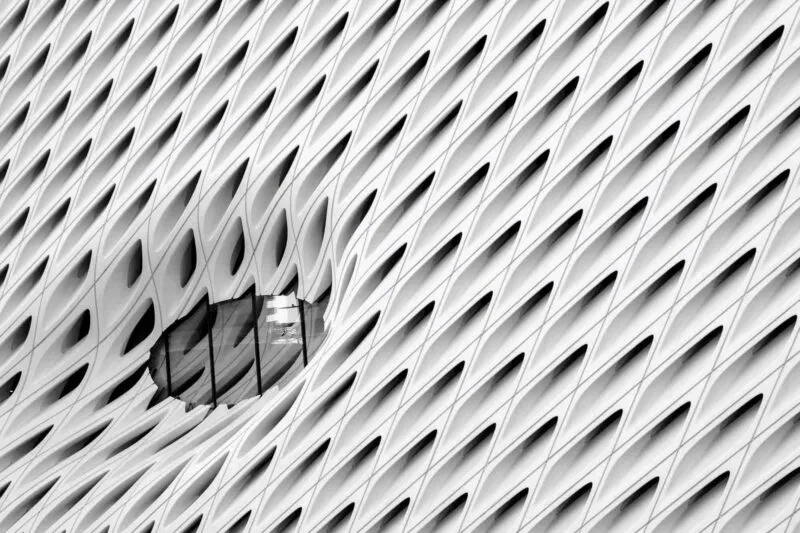Aristocrat v Commissioner of Patents: A Patent Manual wishlist
If you are part of Australia’s IP profession, you will have heard about the 3:3 split decision handed down in August for Aristocrat Technologies Australia Pty Ltd v Commissioner of Patents [2022] HCA 29.
In a frustrating outcome, three High Court judges (Kiefel CJ et al.) provided reasons supporting the Full Federal Court of Australia decision that Aristocrat’s innovation patents directed to an electronic gaming machine (EGM) having configurable and non-configurable symbols as part of a feature game was not patent eligible subject matter. That is, the patents did not satisfy the manner of manufacture requirement under section 18(1) of the Patents Act 1990 (Cth). The other three High Court judges (Gordon J et al.) provided reasons refuting the decision.
In cases where the High Court is split on an appeal from the Full Federal Court of Australia, the decision of the Federal Court must be affirmed based on section 23(2)(a) of the Judiciary Act 1903 (Cth). It therefore followed that Aristocrat’s appeal failed and the innovation patents were ultimately found not to be a manner of manufacture.
The reasoning
What, if anything, can we draw from these two sets of reasons?
IP Australia’s answer at the publishing of this article is “absolutely nothing”: They will continue to rely on the previous authorities during examination of computer-implemented inventions and will not (yet) consider either set of reasons arising from this case.
In IP Australia’s defence, there is precedent that a divided High Court decision does not create a binding authority (see Harvard Nominees Pty Ltd v Tiller [2020] FCAFC 229 at [55]). Also, both sets of reasons agreed that the decisions of CCOM Pty Ltd v Jiejing Pty Ltd [1994] FCA 1168, Research Affiliates LLC v Commissioner of Patents [2014] FCAFC 150, Commissioner of Patents v RPL Central Pty Ltd [2015] FCAFC 177, Encompass Corporation Pty Ltd v InfoTrack Pty Ltd [2019] FCAFC 161, and Commissioner of Patents v Rokt Pte Ltd [2020] FCAFC 86, which form part of the previous authorities relied on by IP Australia, were correct (see [25], [26], [29], [122], [124]), and that the reasoning of the Full Federal Court in this case was incorrect (see [77], [78], [142], [152]).
On the other hand, a failure to take any aspect of this High Court decision into account seems as though IP Australia is wasting an opportunity to incorporate a fresh perspective on manner of manufacture into the Patent Manual, which could add some clarity to the test at best, and not change much at worst. Even though this case is not a binding authority, there is nothing compelling IP Australia to exclude the case from consideration during examination.
However, if IP Australia were to include this case in its Patent Manual, the question could arise as to how to consider both sets of diametrically opposed reasons. To answer this, it may be useful to compare the methods of characterising the invention put forward in each set of reasons.
Kiefel CJ et al. relied on the same method of characterising the invention as put forward by the previous authorities, that is, to characterise the invention in light of the common general knowledge in the art (see [73]). In practice, this involves excluding the claim integers which form part of the common general knowledge, then deciding on the character of the invention based on the remaining claim integers. As such, Kiefel CJ et al. considered the characterisation of the invention in this case to be a new system or method of gaming, since the physical components of the EGM were known in the art and therefore excluded from consideration during the characterisation of the invention (see [73]).
Gordon J et al. on the other hand put forward that the game cannot be separated from the physical components of the EGM (see [154]), and therefore included both the game and the physical EGM itself in their characterisation (see [149]). Thus, Gordon J et al. did not characterise the invention in light of the common general knowledge in the art (or well-known and understood functions of a computer) as opposed to Kiefel CJ et al. and the previous authorities.
In light of these differences, an answer to the question of how to consider both sets of reasons in the Patent Manual could be to exclude the Gordon J et al. reasons due to the method of characterising the invention put forward by Gordon J et al. going against the consideration of the common general knowledge relied on by the previous authorities. It then follows that only the reasons of Kiefel CJ et al. should be included in the Manual due to the harmony between the considerations of Kiefel CJ et al. and that of the previous authorities.
In considering the importation of the Kiefel CJ et al. reasons into the Patent Manual, the threshold test for manner of manufacture provided by Kiefel CJ et al. should be highlighted, which requires that the claimed invention “has produced some adaptation or alteration of, or addition to, technology otherwise well-known in the common general knowledge” (see [73] and [75]-[77]). This test echoes the idea that only a minimal amount of newness is required for an invention to be considered a manner of manufacture as discussed in NV Philips Gloeilampenfabrieken v Mirabella International Pty Ltd [1995] HCA 15 at [5]-[10] and in Kiefel CJ et al. at [66]-[69]. This arguably trespasses less into novelty and inventiveness than the currently accepted considerations of an improvement in the computer and an advance in computer technology.
This test therefore provides a more appropriate consideration of whether a claimed invention differs from the technology known in the art in a manner that is technical. The key difference being that the remaining integers of a claim, after the known integers are removed from consideration, need not provide an improvement or advance in the performance of known technology as currently stated in the Patent Manual – they must simply be different in some way.
In fact, Kiefel CJ et al. explicitly reject the minimum consideration of an advance in computer technology for assessing manner of manufacture (see [77], [78]), and go on to assert that even if an advance in technology was considered in assessing manner of manufacture, this advance could be in any field of technology, such as gaming technology (see [78]).
A wishlist
In light of the above, the author puts forward the following wishlist for changes to the Patent Manual:
- After characterising the invention in light of the common general knowledge in the art, the considerations for assessing manner of manufacture should be amended to include the question: “Has the substance of the invention provided some adaptation or alteration of, or addition to, known technology?”
- “An advance in computer technology” and “an improvement in the computer” should be removed as minimum considerations for assessing manner of manufacture
- “An advance in technology” in the broad sense should be included as one example of how a claimed invention could be a manner of manufacture, but should not be a minimum consideration for manner of manufacture
Not only will these proposed changes move a step closer to clarifying the manner of manufacture test for patentees and patent attorneys while we await a majority High Court decision, but the examiners at IP Australia will also be applying less confusing criteria that have a greater distinction from novelty and inventiveness. In this way, patent attorneys and examiners will be able to have a more meaningful and productive dialogue surrounding manner of manufacture for computer-implemented inventions, thereby working together to ensure both fairness to patentees and a high standard of granted patents in Australia.


